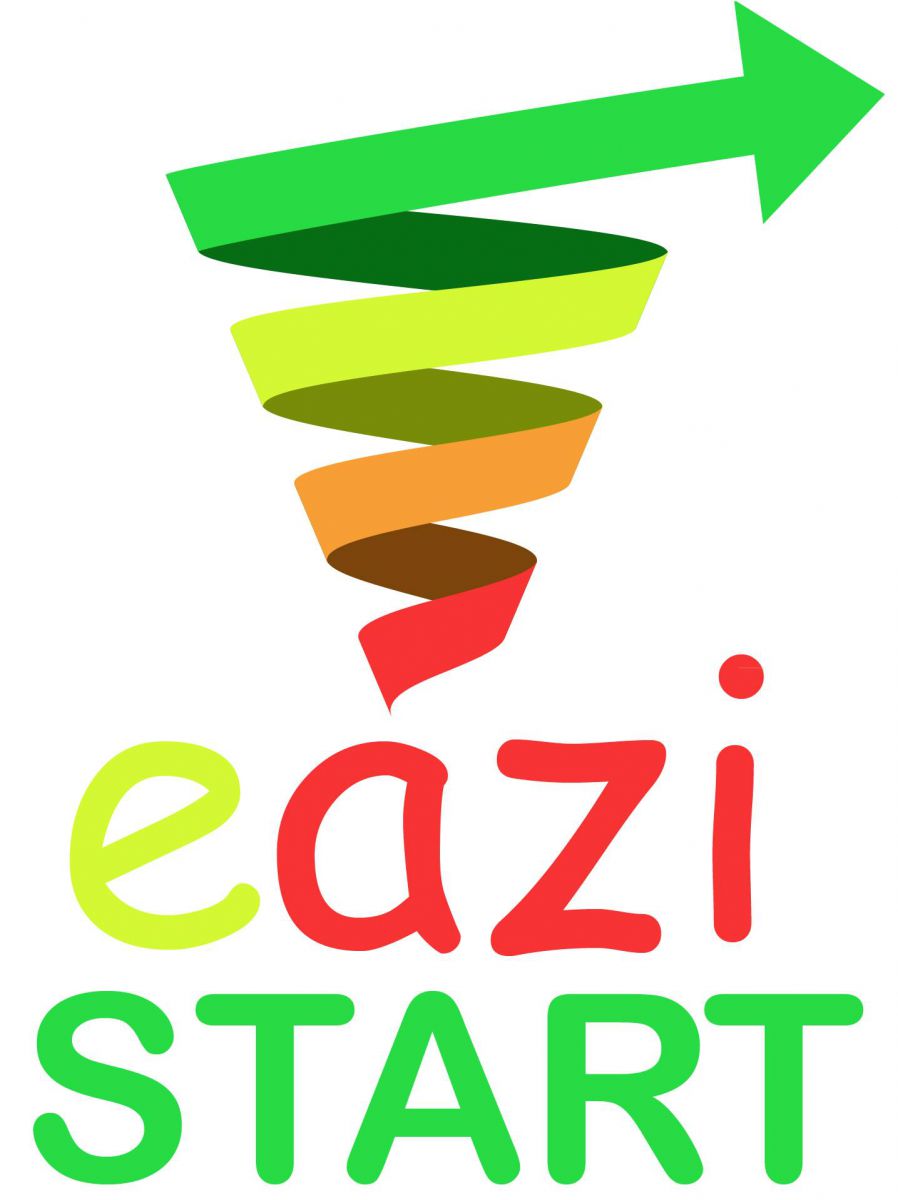Politicon.co
Women as a symbol of reconciliation and development: lessons from Rwanda
2021 marks the 27 years since the Tutsi genocide in Rwanda. More than a million people (Tutsis, as well as moderate Hutus, Twa and others who resisted the genocide) were killed in 1994. It's quite an interesting fact, that not any country of Scandinavia, but African Rwanda is in first place in terms of women's representation in the national parliaments.
Notwithstanding in the early 1990s only 18% of the seats in the Rwandan parliament were held by women, currently, Rwanda, which survived one of the most horrific events of the twentieth century - genocide in 1994, ranks first in the world in terms of women representation in parliament - 61.3%. It is worth noting that Rwanda is the only country not only on the African continent but also in the whole world that has such a number of female parliamentarians.
In addition, women in Rwanda have an equal representation not only in parliament but also in other public spheres, so women also make up 53.3% of Cabinet members, 38.4% of Senators, 49.7% of Judges, and 45.2% of city and district council seats.
In order to achieve women inclusiveness:
- The Rwandan administration introduced minimum Reserved seat quotas for women at the level of 30% (Constitution, as amended in 2003). In the same year, the Gender Supervisory Board was established in accordance with the Constitution. Its task was to conduct monitoring, which allowed for an ongoing assessment of the degree of compliance with gender indicators in order to ensure sustainable development.
- Rwanda used an electoral mechanism and a parallel system of women's councils and elections aimed at involving women to all decision-making positions. The electoral mechanism was that each voter used three ballots: a general ballot, a women's ballot, and a youth ballot. The parallel system of women's councils and elections in turn consisted of grassroots structures that were elected only by women who represented the interests of women. The triple vote method and the parallel system of women's councils and elections were also effective in attracting women to peace, reconciliation and post-conflict reconstruction processes.
- In addition to the quota system, information campaigns have been organized in Rwanda to promote the broad participation of women in all decision-making levels; and in July 2002 Rwandan Women Leaders Caucus association for promoting the participation of Rwandan women in decision-making bodies was established.
All these measures have led to Rwandan women leadership and essential roles in post-conflict reconstruction and reconciliation processes after the 1994 genocide:
- The government that came to power after the genocide was forced to lead a country with a decaying economy, destroyed basic infrastructure, and a broken social system. It was necessary to solve the tasks of rebuilding the country, reviving the economy, bringing to justice those responsible for the genocide, providing assistance to survivors of the genocide, repatriating refugees and reconciling the Rwandan people.
- The impact of Rwandan women on reconstruction processes is invaluable, they have taken on various roles, including positions in the public sector. Women began to work on household issues, rebuilding homes, repatriating thousands of displaced people, helping orphans, and much more.
- Along with the everyday tasks of reconstruction and assistance to victims of the genocide, women collaborated with government troops and provided them with information about the rebels in order to be able to arrange ambushes, and also urged their husbands and other relatives to leave the rebels and abandon the idea of revanchism.
- Rwandan women began to work as judges in the local traditional conflict resolution court named Gacaca. Currently, women make up 50% of community mediation and conflict resolution committee “Abunzi”, which is the body responsible for providing mediation services as a precondition for the parties to file a claim with the competent courts.
- In the post-conflict period, women's socio-professional associations, cooperation groups and development associations began to address the problems of women in the post-conflict period and the problem of the lack of social services. Women have created self-help groups and cooperatives dealing with the problems of victims of the genocide. NGOs and donors have recognized the potential advantages of these groups in the field of reconstruction and development.
Precisely, women`s actions in post-conflict reconstruction and reconciliation in Rwanda can be divided in the following roles: activists and advocates for peace; peacekeepers and relief aid workers; mediators; policymakers; educators and leading participants in socio-economic development. In a result, in all the years since the genocide, women have shown their leadership qualities both at the public administration and at the community levels. The presence of women in decision-making, for instance in the courts, cabinet, parliament, has become an example for other Rwandan women. That in turn has a positive effect on increasing the involvement of women in various processes and levels of state and political decision-making.
After 27 years of tremendous reconstruction and rehabilitation work, it can be argued that the long period of national unity and reconciliation in Rwanda has ended and has been replaced by issues of economic development and growth. In its turn, in this area, the inclusion of women, to which Rwanda attaches particular importance, has also played a role. Since 2000, Rwanda's economy has more than doubled, eventually surpassing the average growth rate in the rest of Africa, demonstrating the link between the country's gender situation and economic development. That proves that gender equality is a powerful indicator of economic growth and development.
![]()
- TAGS :
- Rwanda
- TOPICS :
- Domestic affairs
- Development
- REGIONS :
- Africa
